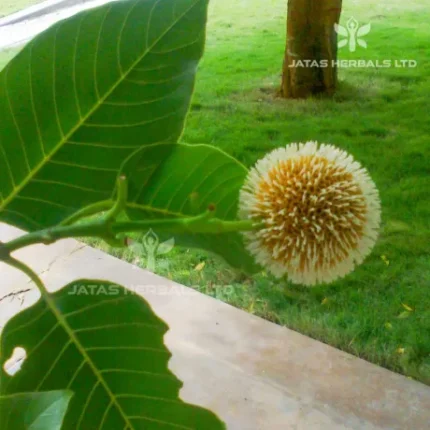Brhat trayi quoted ervaruka or ervaru among the saka varga which is identified with karkati. Karkati is also used for its medicinal properties. In the brhat trayi works we come across the word karkoti , in place of karkati. Karkoti may be another plant which is identified as Momordica cochinchinensis Spreng or some Luffa species while karkati is identified as Cucumis melo (Lin.) var. utilissimus.
Botanical description – Annual Climber growing to 1.5m. It is in flower from July to September, and the seeds ripen from August to October. The flowers are monoecious (individual flowers are either male or female, but both sexes can be found on the same plant) and are pollinated by Insects. The plant is self-fertile. The plant prefers light (sandy), medium (loamy) and heavy (clay) soils and requires well-drained soil. It cannot grow in the shade. It requires moist soil.
Chemical constituents – Seed – Rich in oil with a nutty flavour but very fiddly to use because the seed is small and covered with a fibrous coat[K]. The seed contains between 12.5 – 39.1% oil.
Part used – fruit, oil, seed.
Uses –
Fruit – raw or cooked. About the size of an orange, it is yellow or greeny-yellow when ripe with a thin leathery skin. Whilst it can be peeled and eaten raw, it is more often made into pies, preserves, marmalades etc. Unripe fruits are sometimes pickled whole. An edible oil is obtained from the seed. The fruits can be used as a cooling light cleanser or ighantuy for the skin. They are also used as a first aid treatment for burns and abrasions. The fruit is stomachic.
The flowers are expectorant and emetic.
The seed is antitussive, digestive, febrifuge and vermifuge. When used as a vermifuge, the whole seed complete with the seed coat is ground into a fine flour, then made into an emulsion with water and eaten. It is then necessary to take a purge in order to expel the tapeworms or other parasites from the body.
The root is diuretic and emetic.





Reviews
There are no reviews yet.